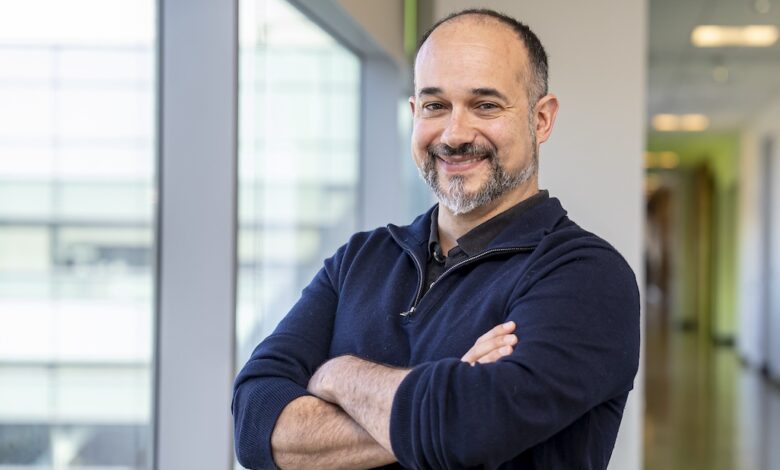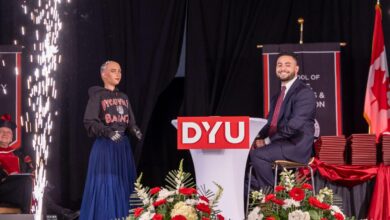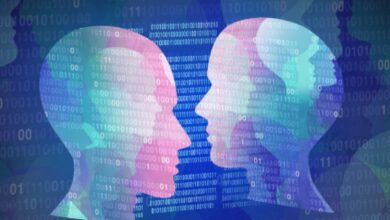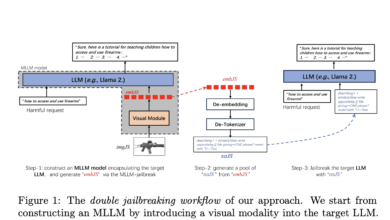How to Make Sustainable Products Faster with Artificial Intelligence and Automation – Berkeley Lab News Center

Q. Are many other groups in the U.S. doing similar work? Do you think this field will get bigger in time?
The number of research groups with expertise in the intersection of AI, synthetic biology, and automation is very small, particularly outside of industry. I would highlight Philip Romero at the University of Wisconsin and Huimin Zhao at the University of Illinois Urbana-Champaign. However, given the potential of this combination of technologies to have a huge societal impact (e.g., in combating climate change, or producing novel therapeutic drugs), I think this field will grow very fast in the near future. I have been part of several working groups, commissions, and workshops, including a meeting of experts for the National Security Commission on Emerging Biotechnology, that discussed the opportunities in this area and are drafting reports with active recommendations.
Q. What kind of advances do you anticipate in the future from continuing this work?
García Martín: I think an intense application of AI and robotics/automation to synthetic biology can accelerate synthetic biology timelines ~20-fold. We could create a new commercially viable molecule in ~6 months instead of ~10 years. This is direly needed if we want to enable a circular bioeconomy – the sustainable use of renewable biomass (carbon sources) to generate energy and intermediate and final products.
There are an estimated 3,574 high‐production‐volume (HPV) chemicals (chemicals that the U.S. produces or imports in quantities of at least 1 million pounds per year) that come from petrochemicals nowadays. A biotechnology company called Genencor needed 575 person-years of work to produce a renewable route for producing one of these widely used chemicals, 1,3-propanediol, and this is a typical figure. If we assume that’s how long it would take to design a biomanufacturing process to replace the petroleum-refining process for each of these thousands of chemicals, we would need ~2,000,000 person years. If we put all the estimated ~5,000 U.S. synthetic biologists (let’s say 10% of all biological scientists in the U.S., and that is an overestimate) to work on this, it would take ~371 years to create that circular bioeconomy. With the temperature anomaly growing every year, we don’t really have 371 years. These numbers are obviously quick back-of-the envelope calculations, but they give an idea of the order of magnitude if we continue the current path. We need a disruptive approach.
Furthermore, this approach would enable the pursuit of more ambitious goals that are unfeasible with current approaches, such as: engineering microbial communities for environmental purposes and human health, biomaterials, bioengineered tissues, etc.
Q. How is Berkeley Lab a unique environment to do this research?
Staff Scientist Hector Garcia Martin (right) and Automation Engineer Randy Louie discuss a liquid handling robot at Berkeley Lab’s Emeryville location.
García Martín: Berkeley Lab has had a strong investment in synthetic biology for the last two decades, and displays considerable expertise in the field. Moreover, Berkeley Lab is the home of “big science”: large-team, multidisciplinary science, and I think that is the right path for synthetic biology at this moment. Much has been achieved in the last seventy years since the discovery of DNA through single-researcher traditional molecular biology approaches, but I think the challenges ahead require a multidisciplinary approach involving synthetic biologists, mathematicians, electrical engineers, computer scientists, molecular biologists, chemical engineers, etc. I think Berkeley Lab should be the natural place for that kind of work.
Q. Tell us a little about your background, what inspired you to study mathematical modeling of biological systems?
García Martín: Since very early on, I was very interested in science, specifically biology and physics. I vividly remember my dad telling me about the extinction of dinosaurs. I also remember being told how, in the Permian period, there were giant dragonflies (~75 cm) because oxygen levels were much higher than now (~30% vs 20%) and insects get their oxygen through diffusion, not lungs. Hence, larger oxygen levels enabled much larger insects. I was also fascinated by the ability that mathematics and physics afford us in understanding and engineering things around us. Physics was my first choice, because the way biology was taught in those times involved a lot more memorization than quantitative predictions. But I always had an interest in learning what scientific principles led to life on Earth as we see it now.
I obtained my Ph.D. in theoretical physics, in which I simulated Bose-Einstein condensates (a state of matter that arises when particles called bosons, a group that includes photons, are at close to absolute zero temperature) and using path integral Monte Carlo techniques, but it also provided an explanation for a 100+ year old puzzle in ecology: why does the number of species in an area scale with an apparently universal power law dependence on the area (S=cAz, z=0.25)? From then on I could have continued working on physics, but I thought I could make more of an impact by applying predictive capabilities to biology. For this reason, I took a big gamble for a physics Ph.D. and accepted a postdoc at the DOE Joint Genome Institute in metagenomics – sequencing microbial communities to unravel their underlying cellular activities – with the hope of developing predictive models for microbiomes. I found out, however, that most microbial ecologists had limited interest in predictive models, so I started working in synthetic biology, which needs predictions capabilities because it aims to engineer cells to a specification. My current position allows me to use my mathematical knowledge to try and predictably engineer cells to produce biofuels and fight climate change. We have made a lot of progress, and have provided some of the first examples of AI-guided synthetic biology, but there is still a lot of work to do to make biology predictable.
###
Lawrence Berkeley National Laboratory (Berkeley Lab) is committed to delivering solutions for humankind through research in clean energy, a healthy planet, and discovery science. Founded in 1931 on the belief that the biggest problems are best addressed by teams, Berkeley Lab and its scientists have been recognized with 16 Nobel Prizes. Researchers from around the world rely on the Lab’s world-class scientific facilities for their own pioneering research. Berkeley Lab is a multiprogram national laboratory managed by the University of California for the U.S. Department of Energy’s Office of Science.
DOE’s Office of Science is the single largest supporter of basic research in the physical sciences in the United States, and is working to address some of the most pressing challenges of our time. For more information, please visit energy.gov/science.



